Cancer research and drug development have advanced significantly with the rise of new technologies like whole-genome sequencing, proteome analysis, and exome sequencing. These methods have provided fresh insights and information. In the early stages, drug discovery typically begins in academic settings, where researchers explore and lay the foundation for targeting specific proteins, pathways, or cellular networks to achieve therapeutic effects. Over the last decade, there has been significant progress in understanding cancer and developing targeted treatments. Molecular research has identified key mutations in various cancer types, allowing for the creation of drugs aimed at these specific targets. Another breakthrough was understanding that cells within the same tumor can vary in their characteristics, which explains why some treatments work differently for primary tumors compared to metastases in the same patient. Additionally, researchers have uncovered how tumor...
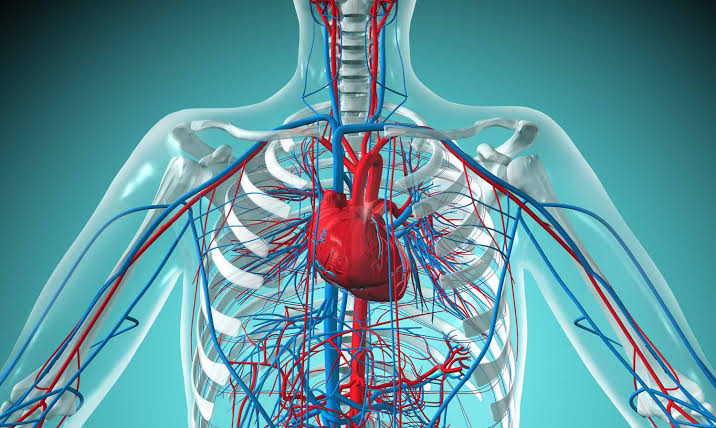
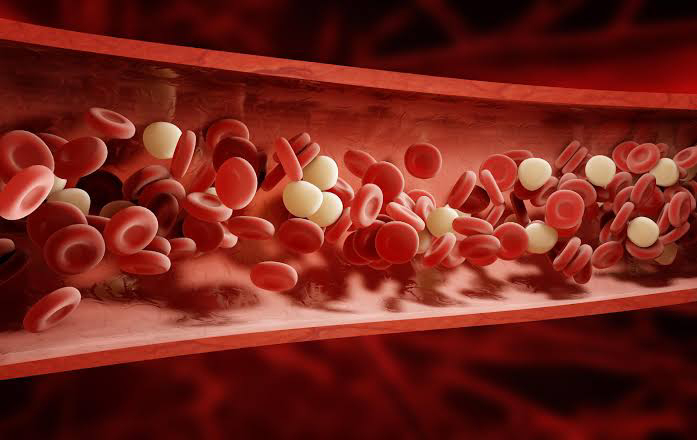


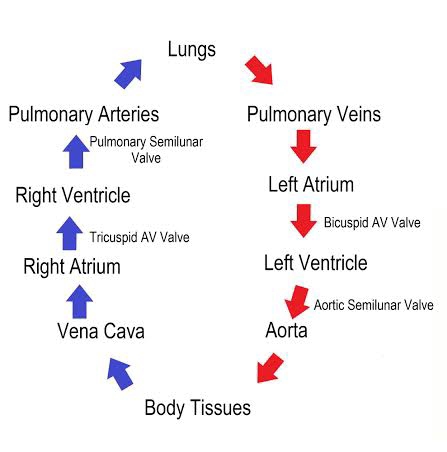

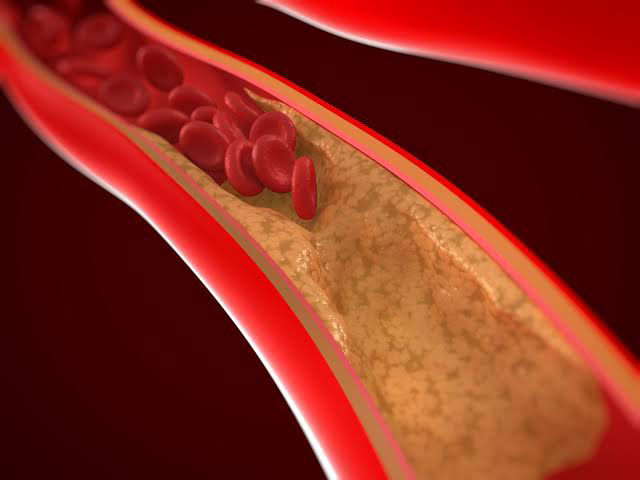
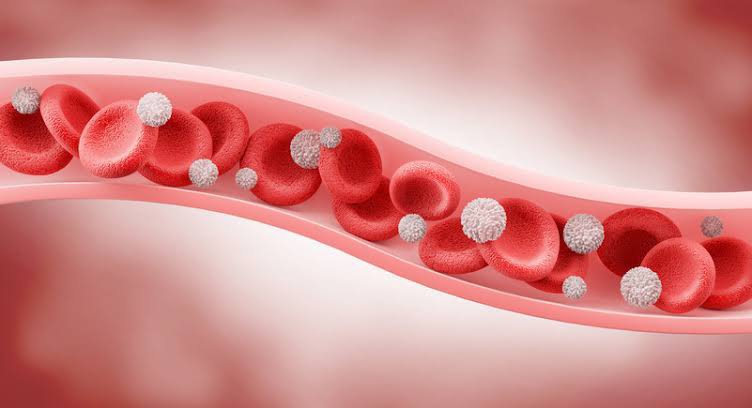







Comments
Post a Comment